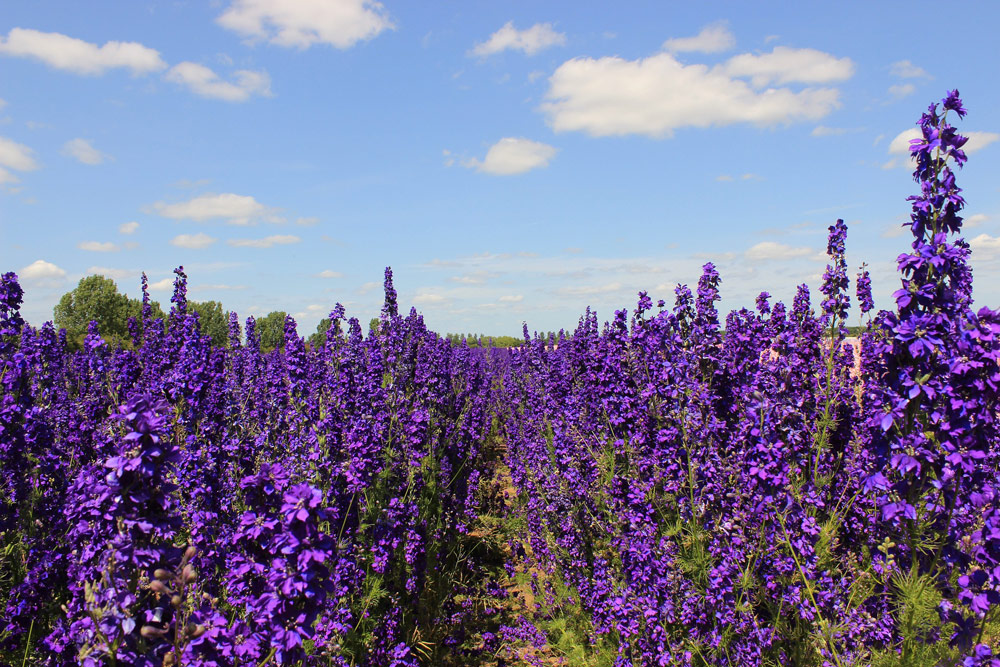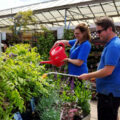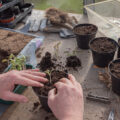By Sally Gregson
ONE of the highlights of an English garden in June is a bed of towering blue delphiniums. They must be the archetypical cottage garden plant. And yet delphiniums are becoming an increasingly rare sight.
Maybe it’s because gardeners are reluctant to take precautions against slugs and snails with the young plants. Or maybe organic solutions are not so well-known.
There are plenty of treatments available at the local garden centre, ranging from copper rings, through organic pellets, to dressing the surrounding soil with crushed seashells.
Once the delphinium plant reaches a certain size the slugs and snails have to get out their climbing boots and they tend to ignore them thereafter.
Perennial cottage delphiniums are usually grown from seed. The ‘Pacific Coast’ strain produces towering spikes that are not just blue, but rich, deep purple, pink, white, and the blue of an English summer sky. The central spike of flower lasts quite a few weeks before being cut down. Then the side shoots often produce smaller flowers into
July and August, before fading away completely until next year.
The seed strains are now so good that barely anyone grows the named forms any more. However, worth looking out for are the devilish, deep blue-purple D. ‘Faust’ with semi-double flowers and dark divided leaves; and D. ‘Spindrift’ with semi-double, pale lavender flowers with white eyes.
All the large-flowered delphiniums need a rich soil in sun, that drains well. It is worth top-dressing the border with well-rotted manure or garden compost in winter.
They associate well with ‘old’ roses in shades of pink, purple and white, that relish the same rich soil and sun. And purple Salvia ‘Caradonna’ would add a deeper note to the composition.
Their cousins, the annual larkspurs, bring that touch of blue to a sunny, free-draining bed. They are especially pretty grown through a population of airy, light grasses such as Stipa tenuissima. They can be sown in trays in the greenhouse early in the year, or outdoors where they are to flower, in early spring and keep them weed-free. Their flowers will last most of the summer punctuating the grasses with pops of sky blue, and with a mild winter they may even seed themselves around, putting themselves in just the right places.











Leave a Reply